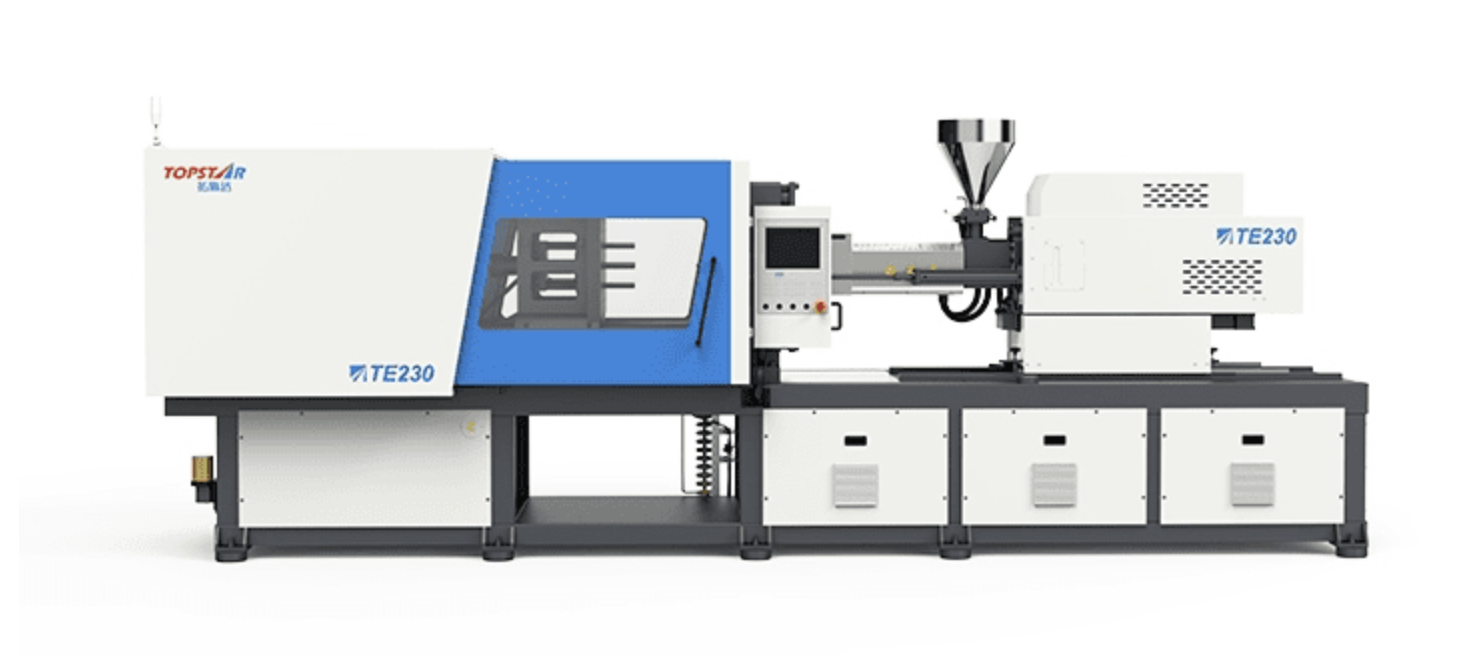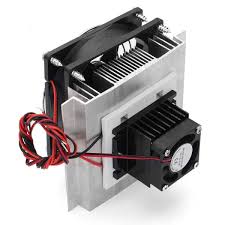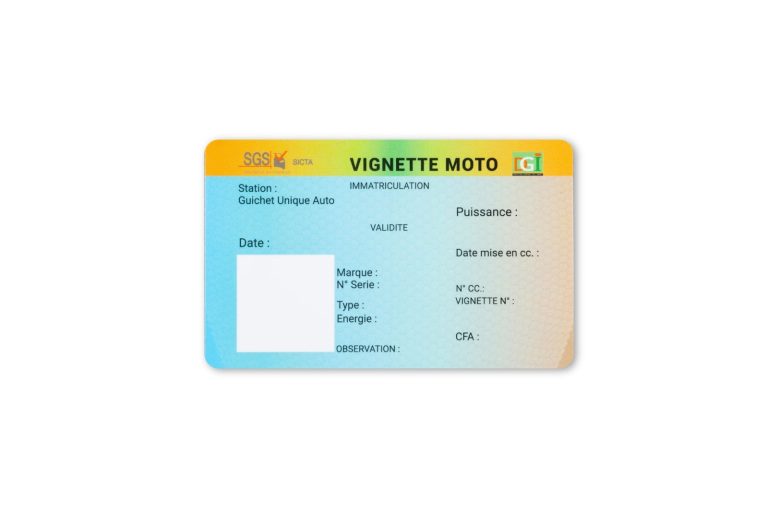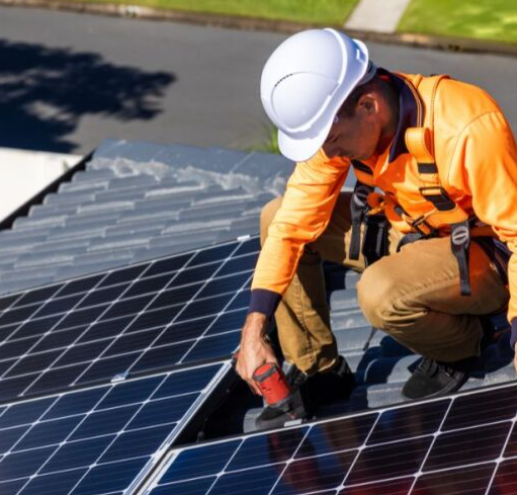Understanding the Factors Influencing Injection Molding Machine Prices
Injection molding is a critical technology in manufacturing plastic parts, and it is used extensively across various industries, including automotive, electronics, consumer goods, and medical devices. The cost of an injection molding machine can vary significantly based on numerous factors, from basic specifications to advanced features and technological innovations. Understanding these factors is essential for manufacturers to make informed purchasing decisions and optimize their investments. This article delves into the key factors influencing injection molding machine prices and provides insights to help you navigate the complexities of machine costs.
Basic Types of Injection Molding Machines
Before exploring the factors affecting prices, it’s’ important to understand the different types of injection molding machines, as the type you choose can significantly impact cost.
Hydraulic Injection Molding Machines: These machines use hydraulic power to drive the injection and clamping processes. They are known for their robustness and are suitable for producing large parts. However, they tend to have higher energy consumption and maintenance costs than electric machines.
Electric Injection Molding Machines: Electric machines use servo motors for injection and clamping, offering higher precision, energy efficiency, and cleaner operation. They are often preferred for applications requiring high accuracy and low energy consumption.
Hybrid Injection Molding Machines: Hybrid machines combine elements of hydraulic and electric systems to balance the benefits of both. They aim to compromise energy efficiency and the ability to handle large molds.
Key Factors Influencing Injection Molding Machine Price
Machine Type and Technology
The type of injection molding machine and its technology are major determinants of price. Electric machines are generally more expensive upfront than hydraulic machines due to their advanced technology and higher energy efficiency. Hybrid machines, which integrate hydraulic and electric components, are also priced between hydraulic and electric machines.
Technology Upgrades: Modern injection molding machines often have advanced features such as enhanced control systems, real-time data analytics, and automated processes. These technological upgrades can significantly impact the price, with higher-end models commanding a premium.
Machine Size and Capacity: Larger machines with higher clamping forces and injection capacities typically cost more. The size of the machine needed will depend on the size and complexity of the parts you plan to produce.
Clamping Force
Clamping force is a crucial specification for injection molding machines, as it determines the machine’s ability to handle various mold sizes and types. Clamping force is measured in tons and varies based on the machine’s machined intended application.
Higher Clamping Forces: Machines with higher clamping forces can handle larger and more complex molds, which generally increases prices. If you need a machine to produce large or intricate parts, you should expect to pay more for a higher clamping force.
Customization: Machines with customizable clamping force settings may have a higher price tag but offer greater flexibility for different production requirements.
Injection Capacity
Injection capacity refers to the maximum amount of material injected into the mold during each cycle. It affects the machine’s ability to pmachine’sprts of varying sizes and complexities.
Part Size and Complexity: Larger parts or parts requiring specific material types may necessitate higher injection capacities. Machines designed for higher injection capacities typically cost more, reflecting their ability to handle larger volumes and materials.
Material Type: Different materials have varying flow characteristics and densities, which can influence the required injection capacity. Ensure that the machine you select is compatible with the materials you plan to use, which can affect the cost.
Cycle Time and Efficiency
Cycle time is required to complete one full molding cycle, including injection, cooling, and ejection. Reducing cycle times can significantly improve production efficiency and output.
Speed and Efficiency: Machines designed for faster cycle times and improved efficiency often come at a higher price. Advanced control systems and optimized cooling technologies contribute to reduced cycle times, impacting the overall cost.
Automation: Integration with automation systems, such as robotic arms for mold handling and part ejection, can enhance efficiency and reduce cycle times. Automated systems may increase the initial cost but can lead to long-term savings and improved productivity.
Control Systems
The control system of an injection molding machine plays a critical role in managing the molding process and ensuring precise operation. Advanced control systems offer greater flexibility, accuracy, and ease of use.
User Interface: Machines with sophisticated control interfaces, including touchscreen displays and graphical programming, typically cost more. These features enhance ease of use and reduce training time for operators.
Programmability and Data Analytics: Advanced control systems allow for precise adjustments to molding parameters and offer data analytics capabilities for real-time monitoring and optimization. These features can add to the overall price of the machine.
Energy Efficiency
Energy efficiency is a significant consideration when evaluating injection molding machines, as it affects operational costs and environmental impact.
Energy Consumption: Electric injection molding machines are generally more energy-efficient than hydraulic machines. Lower energy bills and reduced operational costs over time often offset the higher initial cost of electric machines.
Operating Costs: When considering the price of a machine, it’s essential to evaluate the total cost of ownership, including energy consumption, maintenance, and operational expenses. Machines with higher energy efficiency may offer a better return on investment in the long run.
Maintenance and Reliability
Maintenance requirements and machine reliability impact both operational costs and performance. Machines with higher reliability and lower maintenance needs can provide long-term savings and improved productivity.
Maintenance Costs: Machines with fewer moving parts and simpler designs require less maintenance. Evaluate the maintenance requirements and associated costs when comparing different machines.
Reliability: Research the reliability and performance history of different models and manufacturers. Reliable machines with a proven track record can help minimize downtime and reduce the likelihood of unexpected breakdowns.
Customization and Versatility
Customization and versatility are important factors to consider, especially if you need to produce a range of parts or adapt to changing production requirements.
Customization Options: Machines that offer customization options, such as adjustable clamping force or multi-material molding capabilities, may come at a higher price but provide greater flexibility for diverse production needs.
Versatility: Look for machines that support a wide range of part sizes, materials, and molding techniques. Versatile machines can accommodate varying production requirements and offer additional value.
Brand and Supplier Reputation
The machine manufacturer’s brand and the machine’s price and overall value. Brands with a reputation for quality and reliability may command higher prices but often offer better support and service.
Manufacturer Support: Consider the level of support and service the manufacturer or supplier provides. Quality after-sales support, including training, maintenance, and technical assistance, can add value and impact the overall cost of ownership.
Warranty and Service Agreements: Evaluate the manufacturer’s warranty and servmanufacturer’s. Comprehensive warranties and service agreements can provide peace of mind and protect your investment.
Evaluating and Comparing Prices
When evaluating the price of an injection molding machine, it’s essential to conduct a thorough comparison based on the factors outlined above. Here are some steps to help you make an informed decision:
Define Your Requirements: Clearly outline your production needs, including part specifications, production volume, and any special requirements. This will help you narrow your options and focus on machines that meet your criteria.
Research and Compare Models: Research different manufacturers and models, comparing their features, performance, and costs. Request detailed specifications, product brochures, and demonstrations if possible.
Consult with Experts: Engage with industry experts, equipment suppliers, and other manufacturers to gather insights and recommendations. Consulting with experts can provide valuable guidance and help you make an informed decision.
Perform a Cost-Benefit Analysis: Conduct a cost-benefit analysis to evaluate each machine’s potential return on inmachine. Consider both the initial costs and the long-term benefits, such as energy savings, reduced maintenance, and improved productivity.
Understanding the factors influencing injection molding machine prices is crucial for making informed purchasing decisions and optimizing investment. You can select a machine that aligns with your production needs and goals by considering factors such as machine type, clamping force, injection capacity, cycle time, control systems, energy efficiency, maintenance, customization, and brand reputation.







